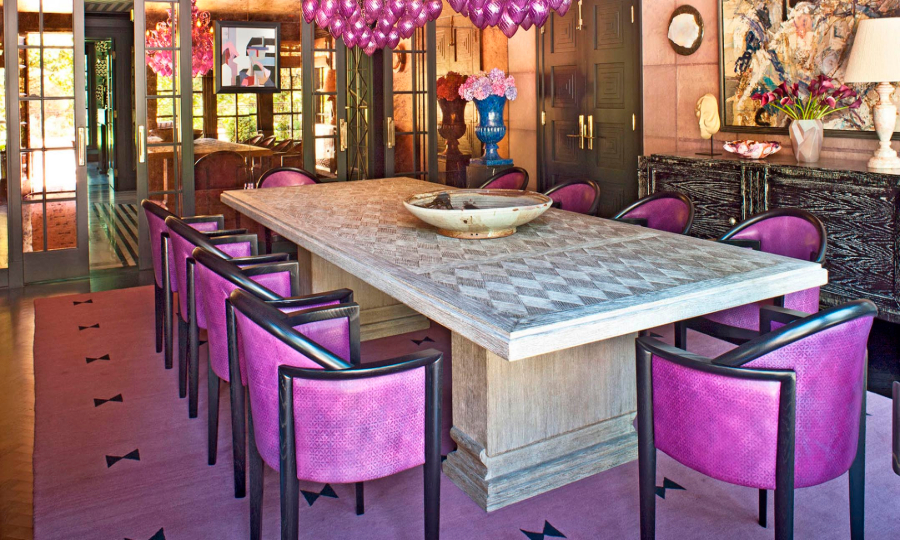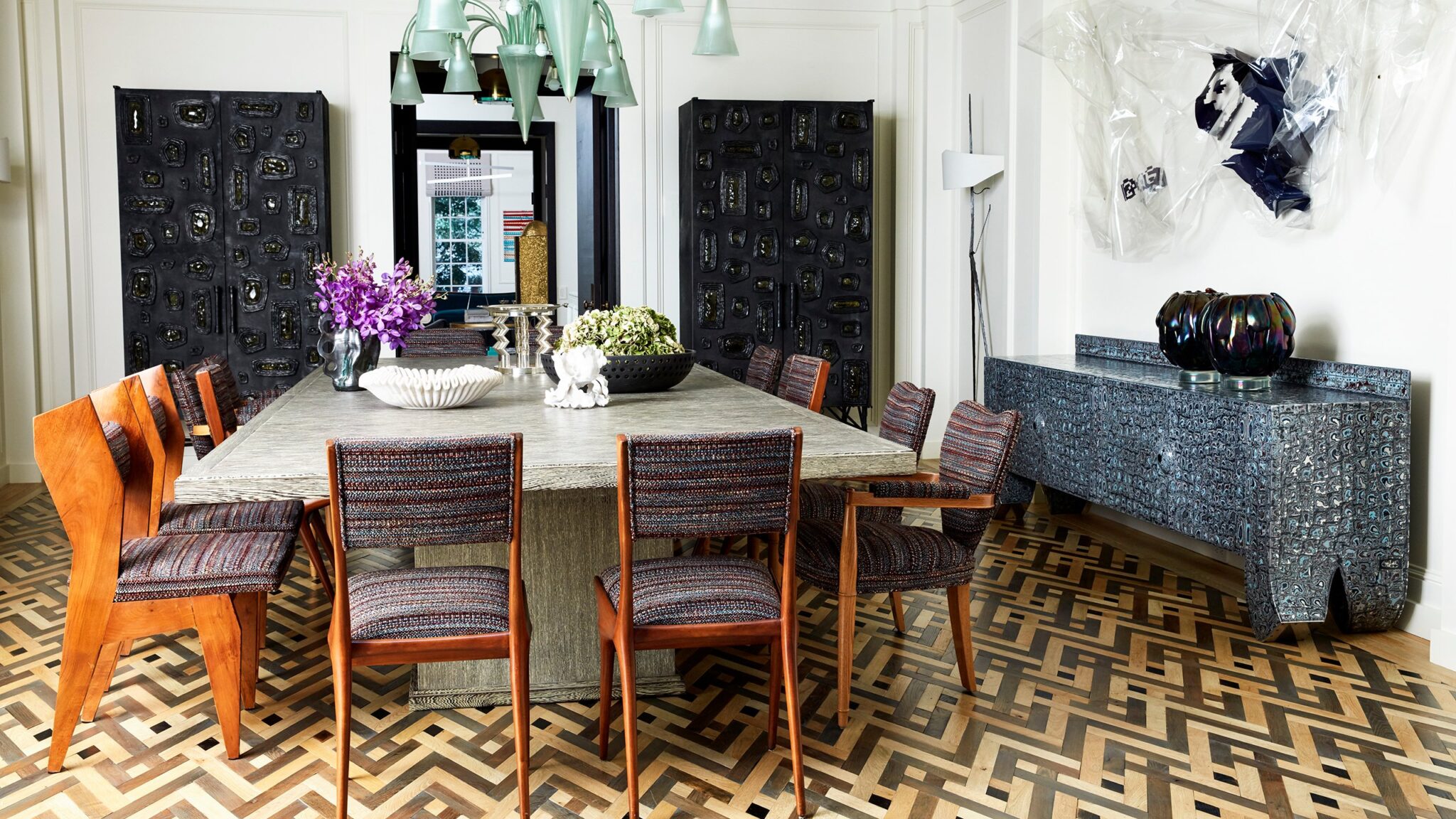
Share this post!
Want to escape sameness?
In a sea of businesses that are all claim to have amazing customer service and guaranteed results, most brands and businesses have a tough time getting noticed. Interior designers included.
Coming up with a differentiation strategy is soooo important if you want to stand out from your competitors.
Do you Need a Differentiation Strategy for Your Interior Design Business?
Lemme answer that for you. Yes, you do.
“We understand our client needs”, “We design with you in mind”, “Passionate about creating unique designs” – these are from real design websites. Because you say this. Your competitors say this. Lots of designers say this.
To a non-designer, most designers look somewhat different but still the same. Assuming images on your website will convey how different your approach to design is because “a picture is worth a thousand words” won’t cut it.
And, relying on stunning images to translate why your potential clients should choose you over your competitors is a poor marketing move.
You’ll keep missing on dream clients if you don’t make it obvious to your audience that your design approach is unique and they should choose you over your competitors. Based on your differentiation strategy and website copy.
Here are 5 differentiation strategies. And examples of businesses that used these strategies to successfully stand out from their (unicorn) rivals to pull in their target customers. This will help you craft one for your own interior design business.
Differentiation Strategies your Interior Design Business Needs
Differentiation strategies based on pricing, new features, and fast delivery can only take you so far. With new interior design businesses popping up every day, you need sustainable differentiation strategy to grow your brand.
So consider another route.
1. Your Process- a Key Differentiation Strategy Most Interior Designers Forget to Consider

“We make your life more livable by designing functional spaces”, “Playful, modern yet elegant. Creating your dream house is our passion”. Scroll through a couple of interior design websites, and you’ll find that most of these businesses (understandably) offer the same services. So how do you set your brand apart?
YOUR PROCESS. YOUR STORY. Your process can be a huge differentiating factor that’ll help you outsmart your competition. And using storytelling to convey your process will have your target audience choose you instead of anyone else.
While other brands can copy pricing, features, and perks, one thing they cannot, is your process and story.
Take Ikea’s reverse brand model for example. When most furniture stores offered quality furniture, salespeople to assist you, and transportation, Ikea removed all of these traditional expectations by selling furniture in parts and you find no salespeople to assist you. What they add-in, is the experience of building your own furniture and of course, their meatballs.
Every interior designer has a different approach to design and aesthetics. Letting your audience in on your process can be a great differentiation strategy for your interior design business.
Side note: if you already have a different approach to design but don’t talk about it, you NEED.TO.TALK.ABOUT.IT.
What’s obvious to you may not be to your audience. Getting a website content audit to convey your process better will help you overtake your competitors.
2. Your Signature Style/Design Aesthetic

Design by Kelly Wearstler
The Whopper or Animal Style? You hear the name and you already know what I’m talking about (burgers). You go to certain fast-food chains restaurants and cafes because of their signature meals and drinks.
Most interior design businesses stick to what’s common because nobody bats an eye. Will they get called out for being just like everybody else? No. And neither will they be able to penetrate the market and establish themselves. Because, as I mentioned before, being different is hard. But it’s the only way to escape sameness.
Just like most fast-food chains differentiate themselves from their competitors by coming up with a signature meal or sauce, you, as an interior designer, need to put your signature style or design aesthetic at the forefront of your marketing strategy.
We can talk about Justina Blakeney and Kelly Wearstler. Their aesthetics are so different that when people hire them, they hire for their signature style because they want that similar look, or their vision, their brain, and creativity.
3. Unique Selling Proposition
The minute Unique Selling Proposition is brought up, most businesses jump to the features they provide or how they do XYZ differently. But at large, they’re all similar to their competitors.
“It’s not enough to be just a little bit different. The differentiation needs to be big enough to tilt the decision in your favor.” –Peep Laja, founder of CXL
At the forefront of your marketing blueprint should be your USP. Because, without it, you are just like everybody else and don’t get to offer your target market an opportunity to choose you over others.
With its customizable development tools, Stripe became every coder’s go-to for online payments. APIs and software that give full control over payment processes to suit your needs were unheard of before Stripe came out. Stripe made its USP clear: online payment tool for developers.
To find your USP, think of something that gives you a competitive edge over other interior design businesses. Is it your signature style? Your personal brand? Your weekly newsletter? Your process?
You need to come up with something that’s never been done before in your area of expertise.
To find your USP, study your competitors. Go beyond their social media and website. Do competitor research to find out how they operate. By doing this, you essentially put yourself in the customer’s shoes and discover what’s lacking.
You could then use this to your advantage and address your customers’ pain points in your business.
4. Your Audience – Who you Serve is Also a Differentiator

Serving a niche market is key to getting viral attention. Seems like a paradox because by niching down, you essentially market to a smaller potential audience, right?
Like I mentioned in my previous post, niches are full of similar, passionate people. And becoming a hit amongst passionate people = room for virality, expansion and a product or service that spreads like wildfire.
Take Convertkit for example. As a small business, blogger or creator dabbling into email marketing, this is the email marketing tool you get suggested 9 out of 10 times by people in your niche because it is meant for you and others in your niche.
In this interview, Nathan Barry, CEO of Convertkit talks about how targeting a specific market helped him scale Convertkit to $28 million a year in sales (with industry giants like Mailchimp as their competitor) after two years of stagnation at $2,000/month.
And, if you know anything about SEO, you’d know that search engines, specifically Google rewards those who stick to a niche because, pulling up your website when someone looks up “best bohemian interior designer near me” is easier when you serve this market as opposed to you being just another generalist interior designer.
Bottom line: who you serve acts as a key differentiating factor between you and your competition. Take advantage of this as an interior designer and give your ideal customers an opportunity to choose you.
5. Customer Experience- Integral Part of an Interior Design Marketing
Chewy, a pet food brand, though similar to pretty much all of its competitors (giants like Amazon), differentiates itself based on customer experience. They don’t sell their products for a dirt-cheap price, nor do they have prime delivery but what they do send out are handwritten cards with a painting of your pet to welcome you. Cute!
If you’ve owned a pet, you’d know that pet food is a recurring purchase. With a loyal customer base that feels validated, Chewy beat Amazon to become the biggest online pet food retailer in the US and redefined customer experience.
You can see this with Apple products too. It’s all in their ecosystem. Once you’re in it, it’s hard to leave. No specs, pricing, or technical jargon. From simplicity to aesthetics and ease of use, Apple has mastered the art of customer experience by catering to non-experts.
As an interior designer, you can find loopholes in the industry (or in your location). Do the research and come up with ways to take customer experience to the next level. Ensure your clients have an incredible journey from start to finish when they design with you.
Ready to Differentiate your Business?
It is one thing to have a unique selling point and a whole other thing to bring it to your target market’s attention.
With the online space and its users evolving each day, your brand has less than 5 seconds to stand out. To articulate your differentiator, you need powerful website copy and strong brand messaging.
If interior design website copy is not your zone of genius, a professional copywriter – MUA, for instance. can help bring out this message for you. Reach out to me here and we can come up with a strategy to ensure your brand is your target market’s first choice.

Share this post!

Hi, I'm Masha
The words expert, coffee connoisseur, and the face behind Content Vertical.

